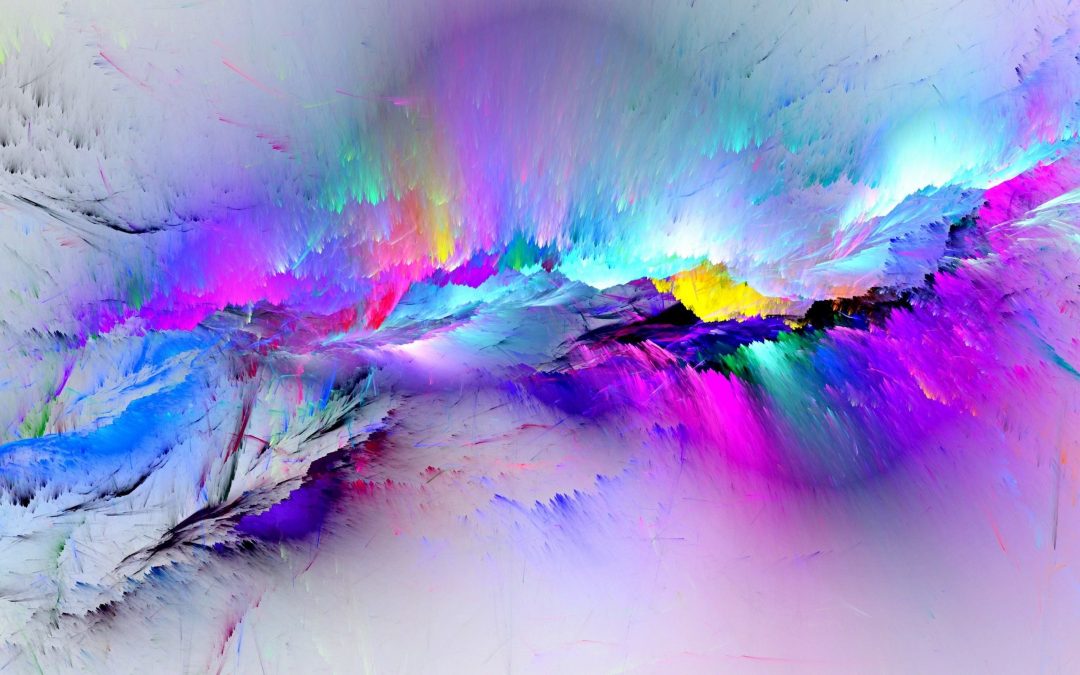Your web pages should ideally be a pleasing combination of text and images. It really doesn’t take much in the way of gaudy colour combinations or overly flashy animation to turn visitors away.
Colour selection is a critical issue while developing your web site. Try to limit the number and amount of colours you use on your website.
Research shows that colours have an impact on people’s emotions and can influence their buying decisions. It’s important to understand and implement the right colours for your website. I am explaining below the emotions that human beings tend to subconsciously associate with specific colours, so that you can try and use colours on your website strategically.
Black: Black represents elegance, authority and power; though it is not necessarily the best colour to use extensively as people also associate the darkness as morally bad, corrupt or even sinful.
Grey: Grey is associated with authority. It’s great for websites of accountants, lawyers or business people that want to be seen as the experts in their field; or as a secondary colour on eCommerce sites. It is not the best for ‘fun’ type of web pages such as on a site selling, say, surfboards or children’s toys.
Pink: Pink is appropriate for websites which want to cater to a feminine clientele. It also reflects dignity and well being, and can make a website exciting.
Red: Red grabs attention. It is the most emotionally intense colour; reflecting strength, excitement, speed and energy. In certain contexts, it often helps to have red on the above the fold section of your landing pages to attract attention and create excitement.
Gold: The colour gold is usually associated with wealth and prestige, so it might be worthwhile to consider this colour in websites catering to wealth creation type of scenarios, such as property, trading and the like. Make sure you use lots of internal shading on the gold, and maybe use images of fonts for your headlines. Use gold around any product guarantees or warranties. However, it is not the most appropriate colour to use in eCommerce set ups, except in specific contexts, as it tends to create an impression that the product or service on offer is expensive.
Purple: Purple represents dignity, royalty, luxury as well as wealth and authority.
Green: Green is regarded as the least emotionally intense colour. I don’t recommend using the colour green unless you are targeting specific niches like the gardening or holistic healing niche. However, green is regularly used on ‘call to action buttons’ and subconsciously we relate this colour as the
‘Go’ colour, just like our traffic lights.
Blue: Blue is a good choice for an eCommerce website. Blue represents trust; something that we must create to get the sale. Blue has also been proven to have increased conversion rates.
White: This is arguably the best background colour for any website. White creates a clean design and represents purity and a cleanness that people inherently love. Pure white can cause a decrease in ‘reading stamina’ on your website. Reading stamina is the ability to focus and read information on the page. use an off-white or a pearl to increase your readers reading stamina.

